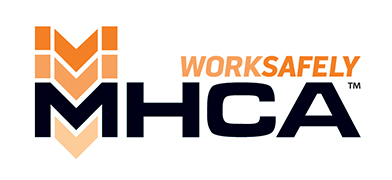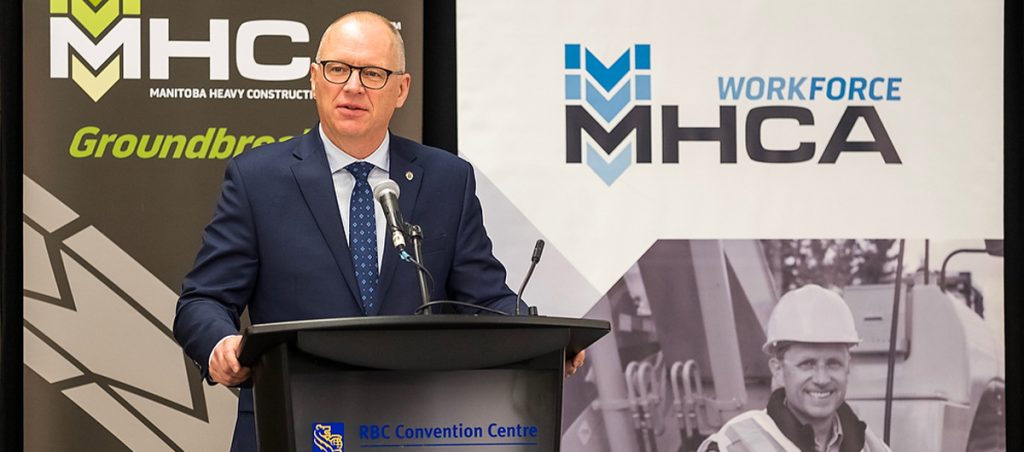Winnipeg’s new roadbuilding specs dump reusable concrete, drives cost
An industry analysis of the City of Winnipeg’s new specifications (CW 3110) for base and sub-base aggregates (gravel) indicates many thousands of tonnes of reusable crushed concrete will get dumped and the cost of roadbuilding will soar.
Experience across the sectors attached to the construction of streets and roads weighed in on the analysis. The tabulation of potential increased costs came from a number of contractors, assisted by the engineering and spec-testing lab specialists.
“We are quite astounded not just at the lack of forewarning and consultation in the City’s posting of the new specs last week, but also the enormous implications of the changes,” MHCA President Chris Lorenc said.
“Not only are the new specs for the gravel costly — they could almost double the price of gravel — but there will be potentially hundreds of thousands of tonnes of crushed concrete, once recycled into new roads as a base material, that will now go to Brady landfill at a new and wasted expense of $81 per tonne.”
There are environmental impacts to the new specification. The city is literally wasting crushed concrete, a non-renewable resource, which jurisdictions across Canada still use as road base material. Recycling concrete minimizes the amount of aggregates that are extracted from pits and quarries. Effectively ‘sterilizing’ crushed concrete means many more tonnes will be taken from gravel pits, adding to the costs of transportation costs, which includes the carbon footprint.
The cost implications should alarm city councilors and the public. Industry has advised the city that the elimination of recycled crushed concrete and the new requirements for testing of aggregate bases in the field will needlessly add days to construction-project completion, running entirely counter to the goal of accelerating road construction projects for minimal impact on the public.
Lorenc said the MHCA and other industry associations have put the environmental impact concerns and financial analysis on the desks of city officials. “If these road base (gravel) specs are implemented, the city’s street repair budget will fund many fewer projects in each construction season because of the additional expense involved.”
And the impact doesn’t stop just with city budgets. The costs of development and new homes will also be affected because the new specification will increase the cost of street and related construction in residential and commercial development. Some estimates peg the overall increase by as much as 20%. Moreover, municipalities outside the city typically simply adopt the city specs, and so roadbuilding costs are increased to their ratepayers.
As an interim solution, industry has proposed that the new specs be used on pilot projects this construction season for good, in-field review of the broader implications prior to any final road base specification being applied in 2021.
“Our industry supports improving the streets and minimizing construction interruption – we’re residents and taxpayers, too,” noted Lorenc. “But, improvements to design must also be affordable and demonstrated to add value. We have not been shown what the value-add proposition and are left only with the astonishing added and wasteful costs.”








